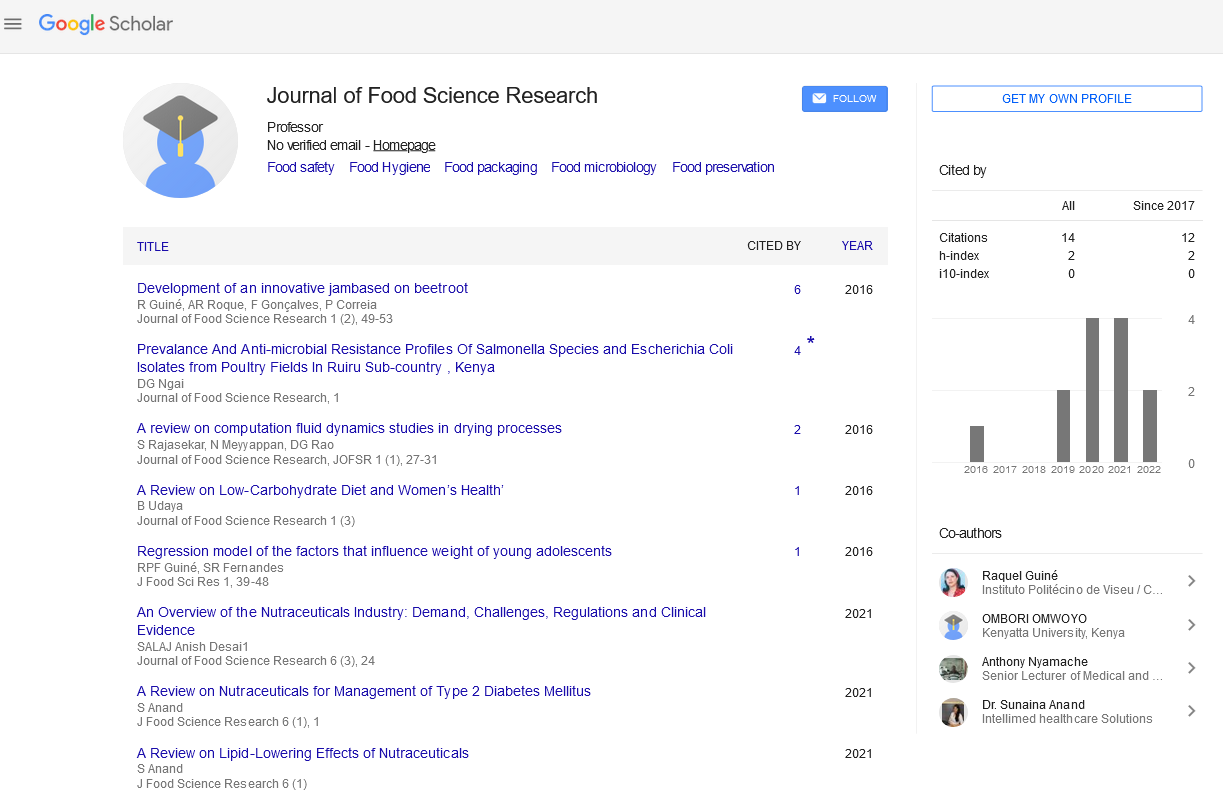Abstract
Hemp (Cannabis sativa L.) seed oil obtained by extraction process with supercritical and liquid CO2
Author(s): Raffaele RomanoIntroduction and Aim: Hemp seeds contain up to 35% of oil that can be extracted with solvents or cold pressure. The aim of this study was to evaluate and compare two innovative and environmentally friendly oil extraction techniques using supercritical and liquid CO2.
Methods: The supercritical CO2 extraction was performed at a temperature of 40 °C and a pressure of 300 bar, while the liquid CO2 extraction at a temperature of 20 °C and a pressure of 150 bar. Both extractions were carried out with a CO2 flow of 10 ml/min and for a time of 195 min. Peroxides value, spectrophotometric indices (K232; K270), polyphenols, chlorophylls and carotenoids content, fatty acids and triglycerides composition, phytosterols composition, α and γ tocopherols content, cannabidiol (CBD) and cannabinol (CBN) content, DPPH radical scavenging activity and volatile compounds were determined in by means of high-performance liquid chromatography, gas-chromatography and spectrophotometry the extracted oils.
Results: The oil yield obtained with supercritical CO2 (30.98 ± 1.02 g oil/100g seeds) was higher than that obtained with liquid CO2 (16.99 ± 0.10 g oil/100g seeds). The CO2 showed greater selectivity towards compounds such as polyphenols and cannainoids compared to the hexane. The hemp seed oil obtained with carbon dioxide showed a higher content of polyphenols and cannabinoids, lower values of peroxides and spectrophotometric indices and a good antioxidant activity compared to oil extracted with hexane. At the end, aldehydes which give the characteristic aroma of green, spicy and dried fruit, have been found only in the oils extracted with CO2.

